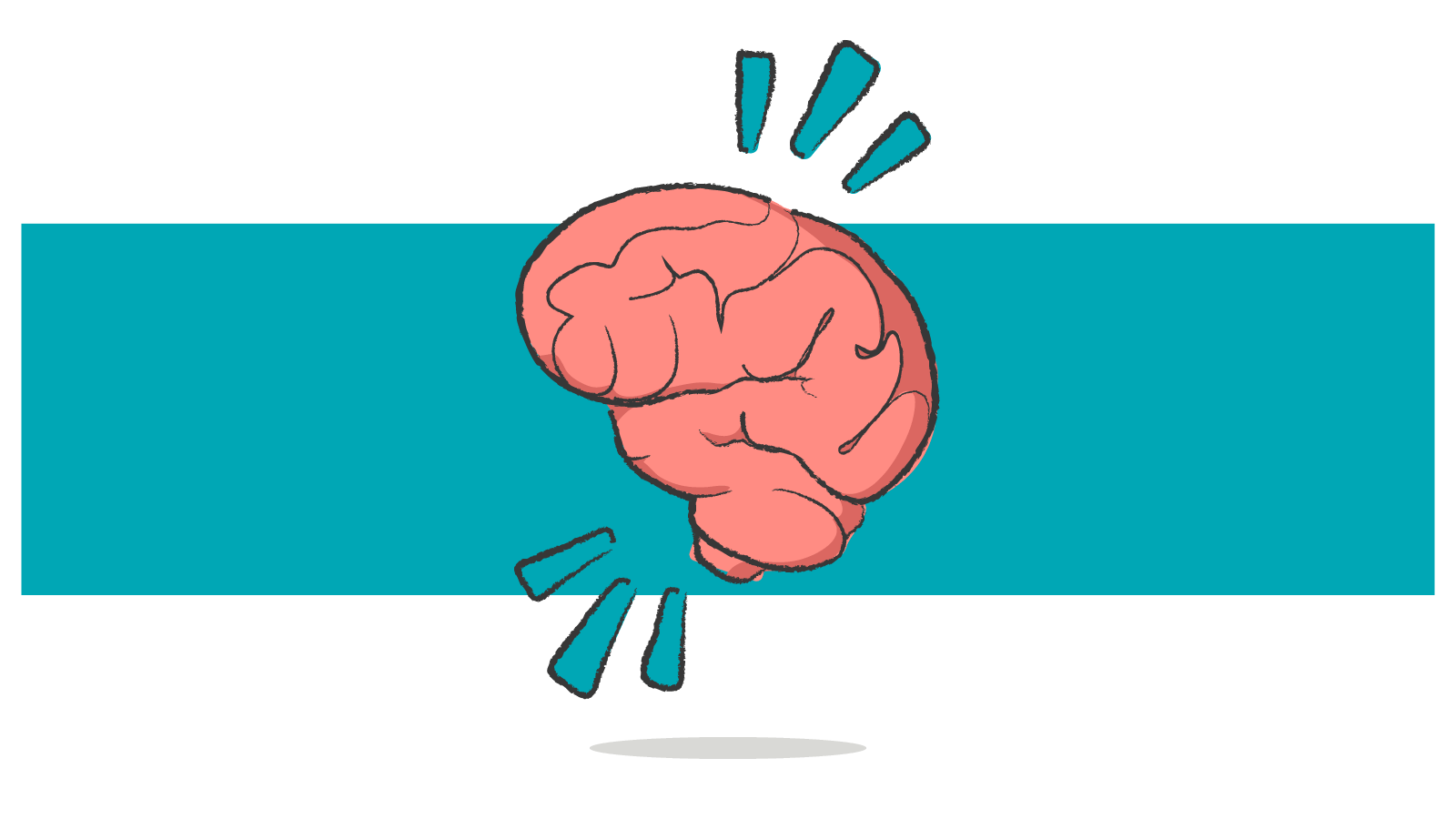Mental Health: Tips and Resources to Improve Your Mental Wellbeing
Surveys show a major increase in the number of U.S. adults who report symptoms of stress, anxiety and depression during the pandemic, compared with...
4 min read
Healthcare Highways : Jun 24, 2022

Millions of American children live with depression, anxiety, ADHD, autism spectrum disorders, Tourette syndrome or a host of other mental health issues. Childhood mental disorders affect many children and families. Boys and girls of all ages and ethnic/racial backgrounds and living in all regions of the United States experience mental disorders. If your child experiences a mental health disorder, you are not alone.
Nearly one in five U.S. children between the ages of 6 and 17 have a treatable mental health disorder such as depression, anxiety problems or attention deficit/hyperactivity disorder (ADHD).
Further, nearly half of children with these disorders did not receive counseling or treatment from a mental health professional such as a psychiatrist, psychologist or clinical social worker.1
The COVID-19 pandemic has exacerbated mental health issues among children due to school closures, social isolation, financial hardships, and gaps in health care access.2
Mental health is a state of well-being in which an individual realizes his or her own abilities, can cope with the normal stresses of life, can work productively and is able to contribute to his or her community.3
Mental illnesses, also called mental health disorders, are health conditions involving changes in emotion, thinking or behavior (or a combination of these). Mental illnesses are associated with distress and/or problems functioning in social, work or family activities.4
Many people have mental health concerns from time to time. But a mental health concern becomes a mental illness when ongoing signs and symptoms cause frequent stress and affect your ability to function.5
It is important to note that mental health is not simply the absence of a mental disorder. Children who don’t have a mental disorder might differ in how well they are doing, and children who have the same diagnosed mental disorder might differ in their strengths and weaknesses.6
That said, childhood mental disorders can, and should, be treated and managed. Begin by educating yourself with the various free resources at your disposable and begin developing a plan to address the issue.
Fortunately, Texas is a large state full of passionate, dedicated people who care deeply about addressing mental health in children. Below are several resources from around the state to help guide you through the ambiguity of caring for children struggling with mental health, regardless of your familiarity the topic.
Below are some options for grave or immediate situations involving children experiencing severe mental health episodes.
If your child is in immediate danger of hurting themselves or others, call 911, take them to the closest emergency room or call a nearby psychiatric hospital.
If your child is experiencing a psychotic episode, an additional option when calling 911 is to request that the dispatcher notify their Mental Health Unit (sometimes called a Crisis Intervention Team) to send a Mental Health Deputy - deputies within each county’s Sherriff’s Office specially trained to assist with mental health crises.
Mental health in children is not an easy task to identify, let alone address: neither for parents, nor for teachers, nor–especially–for the children themselves. The resources identified throughout this article are not magic solutions but provide a starting point for navigating the inherently ambiguous, non-intuitive, and complex issue of child mental illness.
Ultimately, you should always remember that dismissing emerging issues in hope that they “sort themselves out” is the biggest risk you can take. Act early. Like any disease, the longer you wait the more difficult it is to remedy. Establishing and persistently maintaining open, empathetic communication is your most critical tool as you help identify, address, and support the mental wellbeing of your child.
A final note: The mental health of one family member directly influences the mental health of the entire family. Don’t forget to take a step back every now and then and focus on how your own mental health is faring. To borrow from the wisdom of the aviation industry: Put your oxygen mask on first. The only thing more difficult than one family member struggling with mental health is multiple family members struggling with mental health.
If you need help finding a provider or have additional questions, contact our Customer Experience Advocates team and they will help you through the process.
1Whitney DG, Peterson MD. US National and State-Level Prevalence of Mental Health Disorders and Disparities of Mental Health Care Use in Children. JAMA Pediatr. 2019;173(4):389–391. doi:10.1001/jamapediatrics.2018.5399
2Panchal, N. et al. Mental Health and Substance Use Considerations Among Children During the COVID-19 Pandemic. Kaiser Family Foundation. 2021
3World Health Organization. Mental health: strengthening our response. 2018.
4CDC.gov. Key Findings: Children's Mental Health Report. 2021
5The National Institute of Mental Health Information. Mental Illness Statistics. 2021
6CDC.gov. What Is Children’s Mental Health? 2021

Surveys show a major increase in the number of U.S. adults who report symptoms of stress, anxiety and depression during the pandemic, compared with...

The Staggering Numbers Surrounding Suicide in Youths

According to the VA’s National Center for Post-traumatic Stress Disorder (PTSD), 12 million adults in the United States will be diagnosed with PTSD...